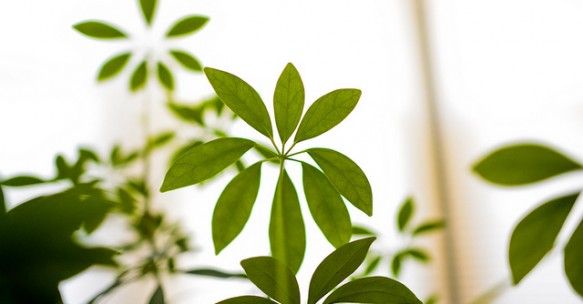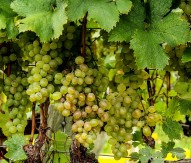
Study unmasks key operatives in plant immunity battle
In a new study part-funded by the European Research Council, scientists have identified two new players in the struggle between the plant and microbial worlds.
According to the investigation, plants have their own in-built systems for thwarting potential attacks by disease-causing microbes.
“In this study, we showed that a biochemical process known as tyrosine phosphorylation is important to the plant’s immune signalling system,” said study co-author Benjamin Schwessinger of the UC Davis Department of Plant Pathology in the United States.
Schwessinger initiated the work when at The Sainsbury Laboratory in Norwich, UK. He added: “Furthermore, we demonstrated that a certain plant receptor that recognises the presence of the Pseudomonas syringae bacterium also becomes the target for a counterattack when that bacterium attempts to fight back and suppress the plant’s immune system.”
Plants’ innate immunity relies on the ability of molecular receptors on the surface of the plant cells to identify specific groups of molecules on the invading microbe or pathogen. When a plant cell receptor recognises such a group of molecules, it triggers the plant’s immune response to take action and battle the invading pathogen.
In this study, using the Arabidopsis plant as a model, the researchers showed for the first time that tyrosine phosphorylation is an important part of the ‘molecular code’ for how a plant immune receptor, known as EFR, signals the presence of the EF-TU protein on Pseudomonas syringae, a disease-causing bacterium that infects a wide range of plant species. Attacking bacteria tend to react by injecting proteins inside the plant cell.
In the new study, the researchers discovered that the Pseudomonas syringae bacterium delivers its counter-punch to the plant’s immune response in the form of an enzyme called HopAO1. The enzyme has been known to researchers for about a decade, but this study was the first to identify which molecules it targets inside the plant cell.
“In effect, the plant and the attacking bacteria battle to take control of the biochemical process that initiates the plant’s antibacterial immunity,” Schwessinger concluded.






